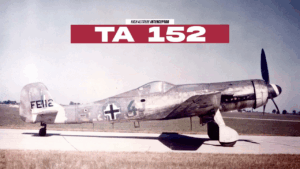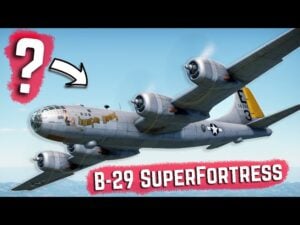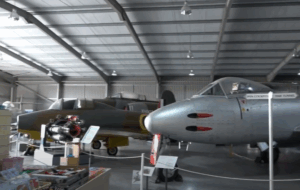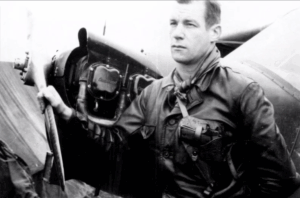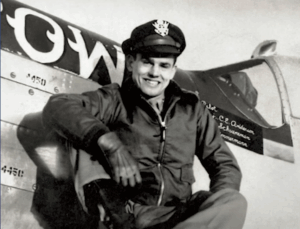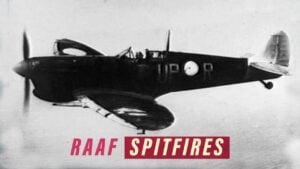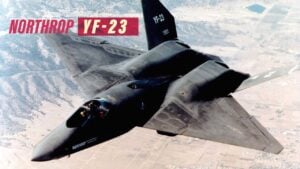The Mysterious Ghost P-40 Of WW2

YouTube / Yarnhub
On a calm afternoon in Fujian, China, on December 8, 1942, a lookout spotted an aircraft on the horizon approaching from occupied Taiwan.
Quick Response
The alarm sounded, and Flying Tigers pilots Robert Lee Scott and Johnny Hampshire quickly scrambled to their P-40s. Flying in formation, they attempted to radio the unknown plane but received no response. As they neared, they were surprised to see it was also a P-40, marked with American insignia not in use for almost a year. Could it be an American P-40 captured by the Japanese?
An Unexpected Discovery
Scott and Hampshire fired over the plane’s wing to alert the pilot, but the aircraft did not react. Flying closer, they saw it was heavily damaged, with bullet holes in the fuselage, missing wing sections, and hasty repairs with mismatched paint and bare metal.
As they approached the canopy, they saw the pilot motionless. The aircraft gradually lost altitude, eventually disappearing from sight as it crashed into a rice field below.
Investigating the Crash Site
At the crash site, they found wreckage strewn across the field. The pilot, who had no identification, was deceased in the cockpit. However, a diary and some letters in his jacket were retrieved and brought back to base. The letters were eventually mailed, but the diary was handed over to superiors and became lost in military archives.
Years Later
Years after the war, writer Curt Norris recounted this story at a veteran’s reunion. During the event, a man named Milton McMullen recognized the tale and revealed he had helped build that aircraft. McMullen, a sergeant in the 701st Aviation Ordnance Squadron of the 19th Bomber Group, was stationed in Mindanao, Philippines.
When his squadron was ordered to surrender, he refused, joining a resistance group with American and Filipino soldiers hiding in the Mindanao forests.
McMullen’s Story
McMullen explained that his group salvaged parts from two wrecked P-40s and spent weeks assembling them into a working plane. Stripped of armor, weapons, and most instruments, the P-40 was made as light as possible, with only its nose machine guns and a makeshift 50-gallon fuel tank. The starboard landing gear was fashioned from bamboo and scrap metal.
The plan was to evacuate a prominent Philippine General to share the story of the courageous men he led. The general declined, unwilling to abandon his soldiers. Instead, an anonymous pilot took the P-40 one morning, carrying letters written by the men. However, he inadvertently ended up over occupied Taiwan, where Japanese Zeros attacked. The pilot flew 1,300 miles before his plane finally crashed in China.
Weeks later, McMullen and the resistance group were captured and sent to a POW camp, never learning what had become of their patched-together P-40.





















